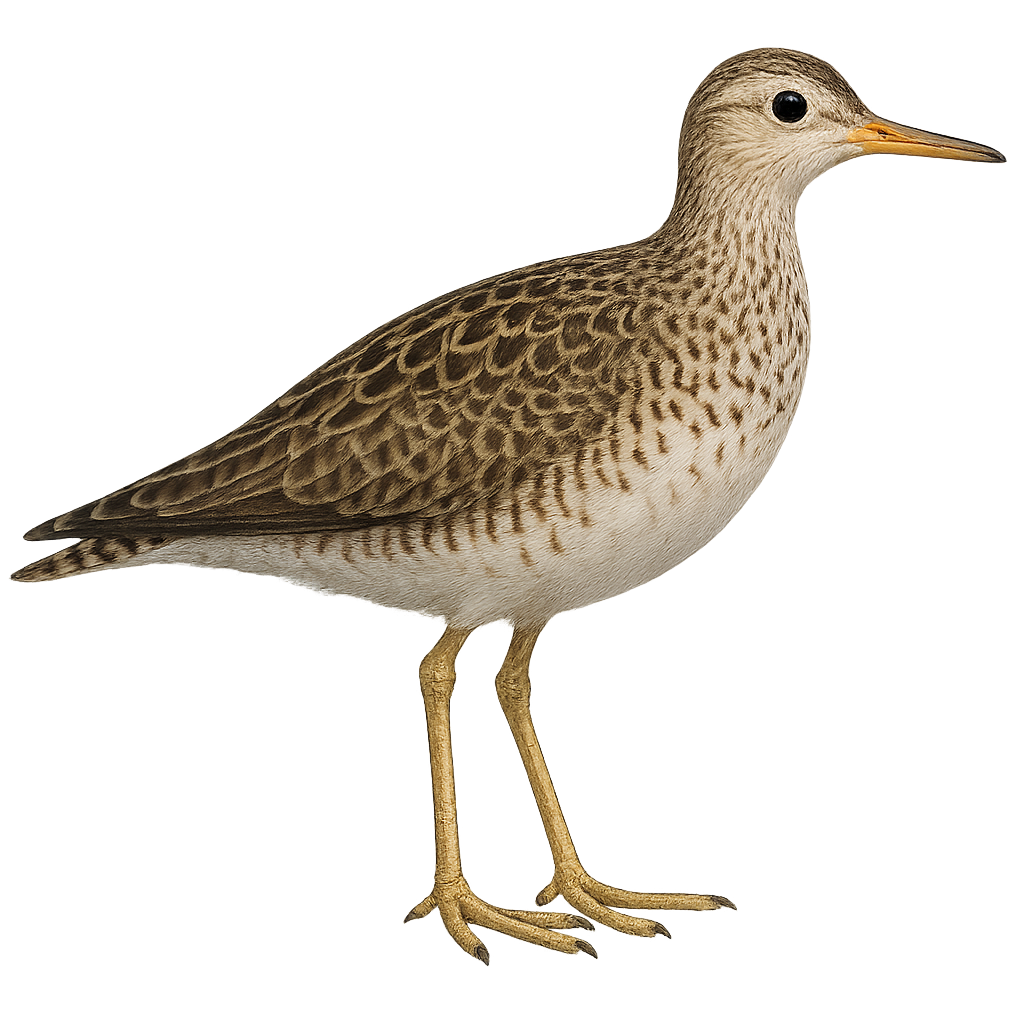Your wildlife photography guide.
Explore the upland sandpiper in detail, study its behavior, prepare your shots.
Where to observe and photograph the upland sandpiper in the wild
Learn where and when to spot the upland sandpiper in the wild, how to identify the species based on distinctive features, and what natural environments it inhabits. The WildlifePhotographer app offers tailored photography tips that reflect the upland sandpiper’s behavior, helping you capture better wildlife images. Explore the full species profile for key information including description, habitat, active periods, and approach techniques.
Upland Sandpiper
Scientific name: Bartramia longicauda

IUCN Status: Least Concern
Family: SCOLPACIDAE
Group: Birds
Sensitivity to human approach: Suspicious
Minimum approach distance: 10 m
Courtship display: May to June
Incubation: 21-24 jours
Hatchings: May to July
Habitat:
Grasslands, agricultural fields, savannas
Activity period :
Primarily active during the day, with peak activity in the morning and late afternoon.
Identification and description:
The Upland Sandpiper, or Bartramia longicauda, is a medium-sized migratory bird belonging to the Scolopacidae family. It is recognizable by its mottled brown plumage, long yellow legs, and slender bill. This bird prefers open grasslands and agricultural fields, where it primarily feeds on insects and small invertebrates. The Upland Sandpiper is known for its spectacular courtship flights, during which it emits melodious calls. It nests on the ground, often hidden in tall grasses, and its eggs are well camouflaged. Although its population is stable, it is vulnerable to habitat loss due to intensive agriculture and urbanization.
Recommended lens:
400mm – adjust based on distance, desired framing (portrait or habitat), and approach conditions.
Photography tips:
To photograph the Upland Sandpiper, focus on open grasslands and agricultural fields where it is often visible. Use a 400mm lens or longer to capture detailed images without disturbing the bird. Be patient and discreet, approaching slowly to avoid scaring it away. Early morning hours are ideal for soft lighting and increased bird activity. Pay attention to its courtship flight behaviors for dynamic shots.
The WildlifePhotographer App is coming soon!
Be the first to explore the best nature spots, track rutting seasons, log your observations, and observe more wildlife.
Already 1 432 wildlife lovers subscribed worldwide

